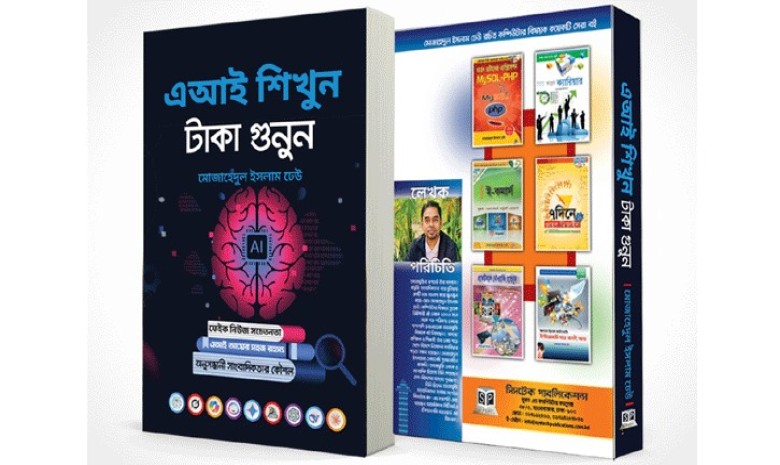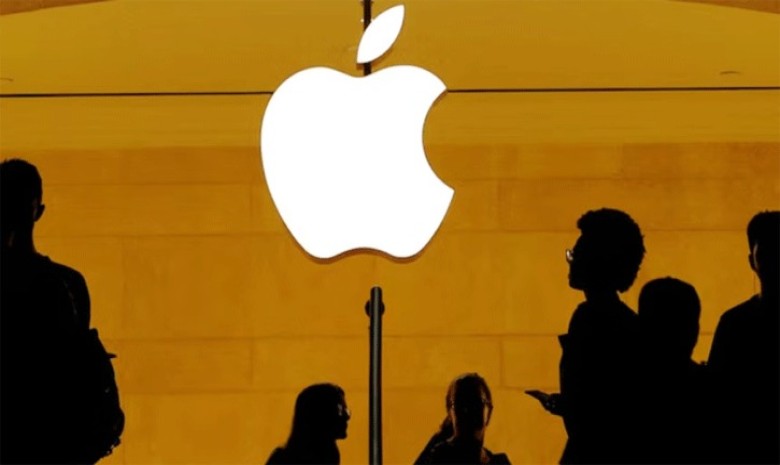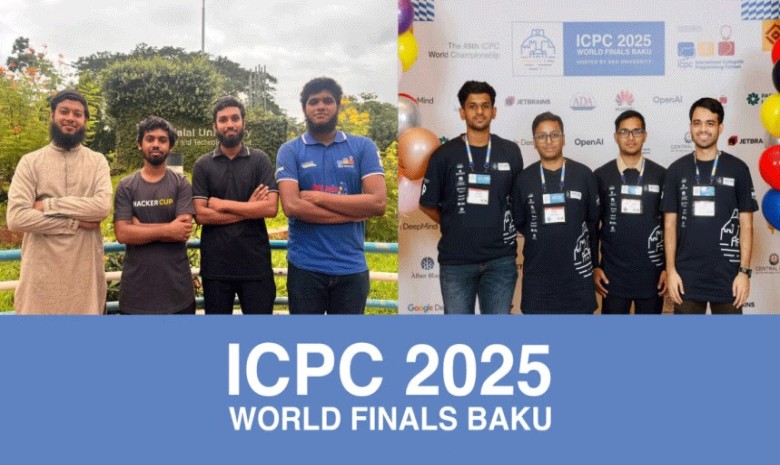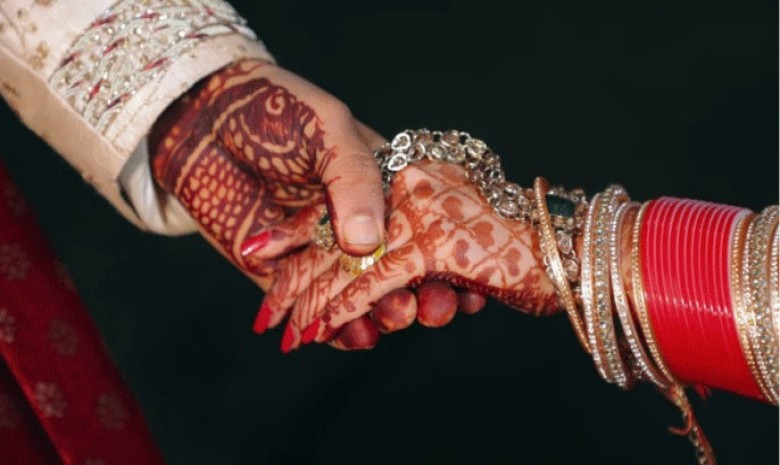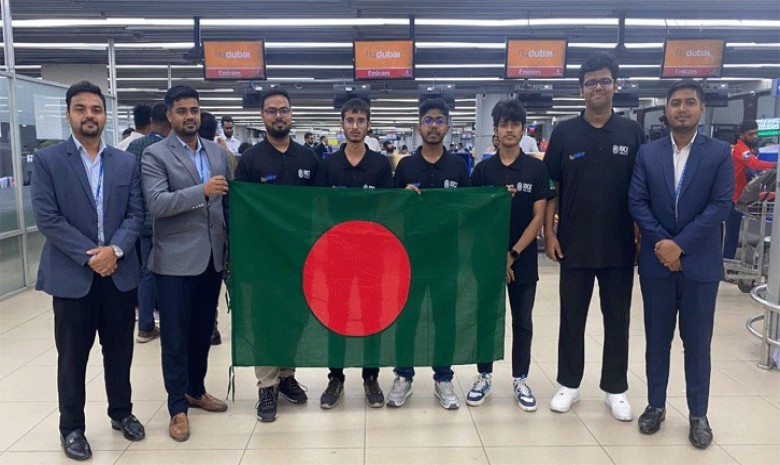The global gender gap in internet access is likely shrinking as more women are online now.
A recent analysis of internet usage data for 2024 by the International Telecommunication Union (ITU) reveals a persistent but potentially shrinking global gender gap in internet access. The data, visualised in a bar chart, and shared on April 24, presents the percentage of individuals using the internet, broken down by gender across different regions.
Globally, the data indicates that 70% of males are using the internet compared to 65% of females. This 5-percentage-point difference highlights an ongoing disparity in access.
However, a closer look at regional data offers a more nuanced picture. In Africa, a significant gap exists, with only 43% of males and 31% of females using the internet. The Americas show a much smaller divide, with 86% of males and 87% of females online, indicating near parity. The Arab States also exhibit a notable gender gap, with 75% of males and 64% of females using the internet.
In Asia-Pacific, the gap appears moderate, with 68% of males and 64% of females online. The CIS (Commonwealth of Independent States) region shows a relatively small difference, with 93% of males and 91% of females using the internet. Europe demonstrates the narrowest gap among the regions presented, with 92% of males and 90% of females online.
While the global figures still indicate a gender gap, the data from regions like the Americas and Europe suggest that in some parts of the world, the difference in internet usage between men and women is becoming increasingly minimal. This improvement could be attributed to various factors, including increased access to technology, affordability of internet services, and growing digital literacy among women.
The assertion that the gender gap is narrowing "day by day" might be an overstatement based on this single snapshot of 2024 data. However, the regional variations and the relatively small global gap of 5% could indicate a positive trend towards greater gender parity in internet access over time. Further longitudinal studies would be needed to definitively confirm a consistent and ongoing narrowing of this gap globally.
It is important to note that while access is a crucial first step, true digital inclusion also encompasses factors like the quality of access, affordability, digital skills, and the ability to use the internet meaningfully and safely. Addressing these broader aspects will be essential to fully bridge the digital gender divide and ensure that women can equally benefit from the opportunities the internet offers.
International Girls in ICT Day is celebrated annually on the fourth Thursday of April, which was April 24 this year, to raise awareness about the gender gap in ICT.
Total views: 1554











